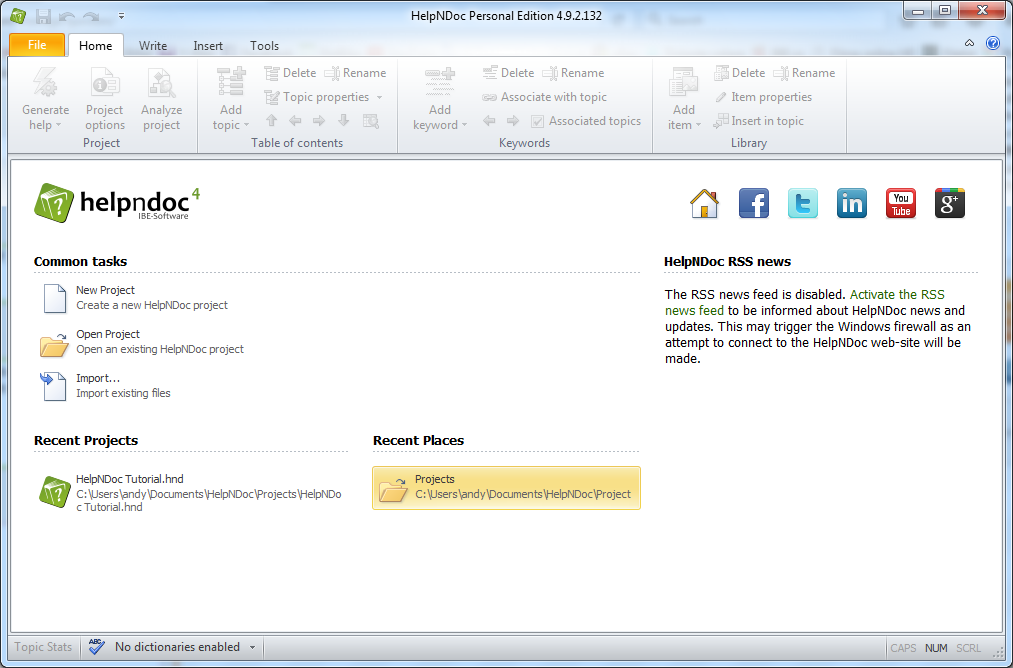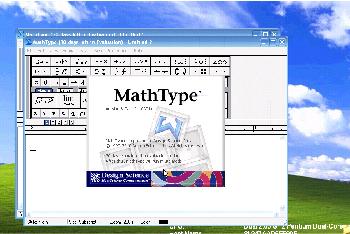
- #MATHTYPE 6.7 FOR MAC#
- #MATHTYPE 6.7 FULL#
- #MATHTYPE 6.7 CODE#
- #MATHTYPE 6.7 WINDOWS 7#
- #MATHTYPE 6.7 WINDOWS#
The stub template has been kept as small as possible so that a minimal delay will occur when Word starts. These two templates are used in this manner in order to avoid long Word startup times. The first time a MathType command is used in Word, the commands template is explicitly loaded from the Office Support folder inside the MathType folder. The stub template is also copied to the Microsoft Word Startup location during installation, and gets loaded when Word starts. There are two Word templates located in the Office Support folder inside the MathType folder: the stub, named MathType 6 Commands for Word.dot and the commands, named WordCmds.dot. The WLL also contains other functions used by the MathType Commands for Word these functions begin with the MT prefix. This is a fairly complicated process and you're unlikely to use any of the individual MathPage functions. The WLL contains the MathPage functions (prefixed by MP), which help in converting a Word document to HTML.
#MATHTYPE 6.7 CODE#
This is partly due to the way VBA code calls functions in a DLL, and partly because a single entry-point makes for a cleaner architecture. For the MathType 6 Word Commands on Windows, all entry points to the DLL are accessed via the WLL. On Windows, it is installed in the Office Startup folder. The WLL (basically a DLL with some Word-specific entry points) is named MathPage.WLL.

All API functions in MT6.DLL begin with the prefix MT. Most of the functions in the DLL provide support for the MathType commands added to Word. This DLL manages all communications with MathType itself, launching MathType when necessary. On Windows, the DLL is named MT6.DLL and is located in the System folder inside the MathType folder.
#MATHTYPE 6.7 WINDOWS#
Since the initial introduction in 1987, Design Science has released new versions of MathType, the latest in 2019.The MathType API consists of a WLL, two Microsoft Word document templates containing VBA macros, and a separate DLL (on Windows only).

There is a list of web application presets in the Copy Preferences dialog, so for example choosing "Google Docs" would copy as an HTML tag, whereas choosing "Wikipedia" would copy as LaTeX wrapped in a wiki tag. įor Web applications such as Gmail and Google Docs, MathType supports copying to (and pasting from) HTML tags (created by translating the equation's LaTeX into Google Chart API). AppleWorks included a special version of MathType for built-in equation editing.
#MATHTYPE 6.7 FOR MAC#
As on Windows there is a plugin for Microsoft Word for Mac (except for Word 2008 ), which adds equation formatting features such as equation numbering, which are features that MathType does not add to other applications. In applications where no other possibility is available, such as for Mac, Design Science recommends exporting equations as images and embedding those images into documents. MathType has support for Apple iWork '09, so equations may be embedded and updated seamlessly in that product too. Microsoft Office for Mac supports OLE, so MathType equations may be used there as usual. On Macs, there is no analogous standard to OLE so support is not universal. In addition, a Microsoft Word add-in is included, which adds features including equation numbering and formatting displayed equations (as opposed to inline equations), which are features that MathType does not add to other applications. Equations embedded using OLE are displayed and printed as graphics in the host application, and can be edited later, in which case the host document is updated automatically. In particular office suites such as Microsoft Office and for Windows allow MathType equations to be embedded in this way.

On Windows, MathType supports object linking and embedding (OLE), which is the standard Windows mechanism for including information from one application in another. variable names and functions) may be typeset in any font that contains those characters, but Greek and symbols will still use Times or Euclid. Equations may also be typeset in Euclid, a modern font like Computer Modern used in TeX, and this is included with the software.
#MATHTYPE 6.7 WINDOWS 7#
MathType supports copying to and pasting from any of these markup languages.Īdditionally, on Windows 7 and later, equations may be drawn using a touch screen or pen (or mouse) via the math input panel.īy default, MathType equations are typeset in Times New Roman, with Symbol used for symbols and Greek. LaTeX can be entered directly into MathType, and MathType equations in Microsoft Word can be converted to and from LaTeX. MathType also supports the math markup languages TeX, LaTeX and MathML. This contrasts to document markup languages such as LaTeX where equations are entered as markup in a text editor and then processed into a typeset document as a separate step.
#MATHTYPE 6.7 FULL#
MathType is a graphical editor for mathematical equations, allowing entry with the mouse or keyboard in a full graphical WYSIWYG environment.


 0 kommentar(er)
0 kommentar(er)
